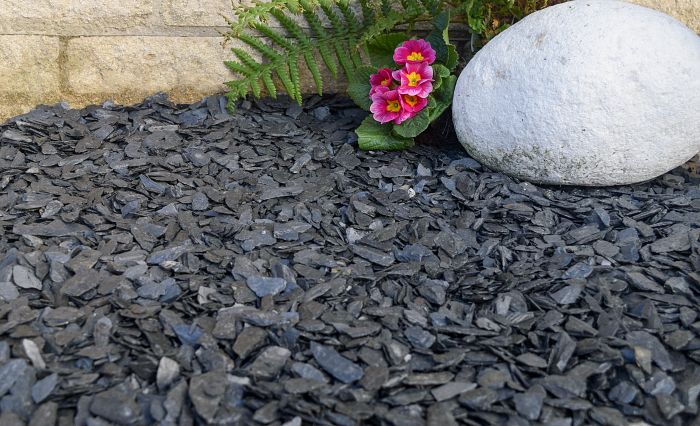Top Garden Trends For 2019
Last Updated: 5th Jan 2019
Here at Decorative Aggregates, we’ve supplied gardeners - both private and trade - with materials since 1984. With the new year approaching, our thoughts have turned to what 2019 will bring for us and the gardening world. Armed with our expert knowledge and experience, we’ve predicted the hot new gardening trends for 2019.
2018 has seen an increase in awareness of huge global issues such as global warming and the impact of human behaviour on the natural environment and its flora and fauna.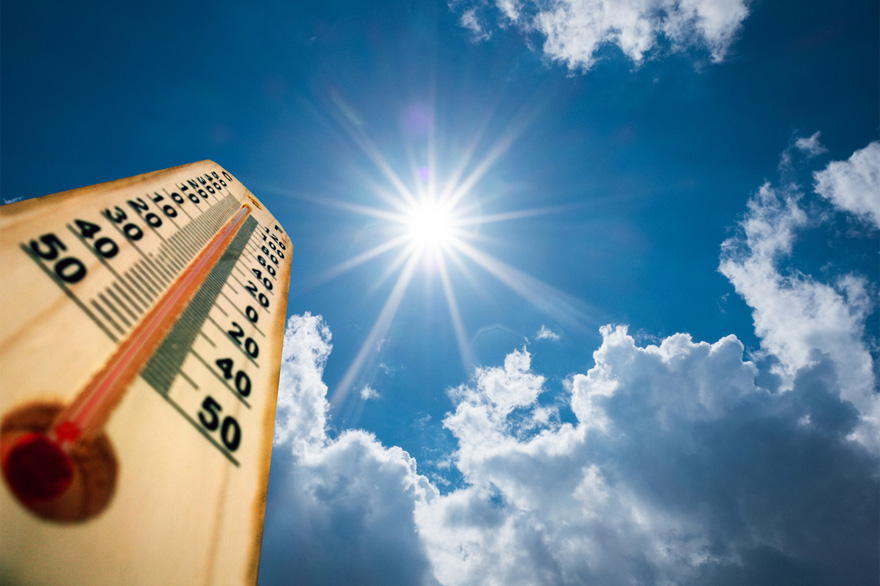
Veganism has become more mainstream with even more restaurants now offering plant-based meals.
Programmes such as the Blue Planet series have highlighted the stark message about harmful materials, especially plastic, and their effects on the extinction of species and the fragility of ecosystems.
This concern with worldwide issues will undoubtedly impact the way gardens are designed, the materials which are used, their sustainability and their function – to provide food as well as decoration.
Bee-friendly gardening
In summer 2018, we received an important message from Blue Planet legend, David Attenborough. He informed us about the importance of bees’ lives, warning that the human race would survive just 4 years if bees became extinct.
Following his call for help to revive exhausted bees with sugar and water solutions, we expect bee-friendly gardens to rise in 2019.
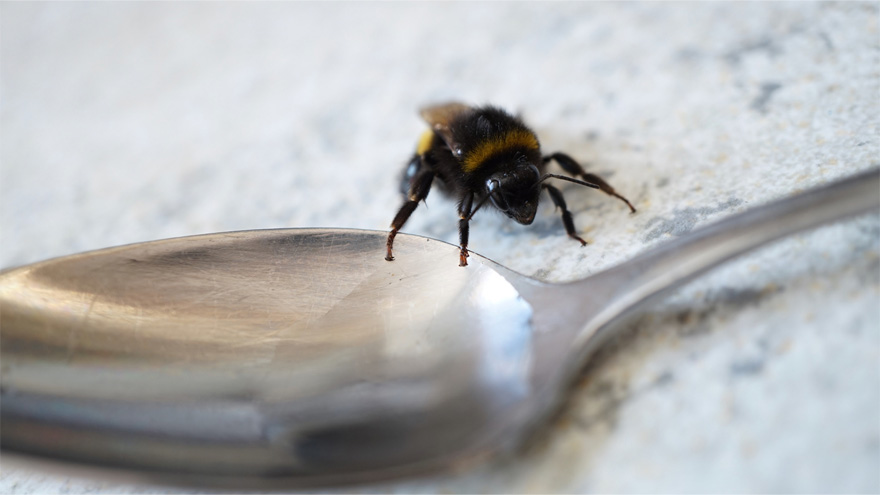
Growing flowers to attract bees
Some of the best flowers to plant for bees are:
Spring blooms - crocus, grape hyacinth, bluebell, viburnum, fruit trees.
Summer blooms - oregano, thyme, foxglove, alliums (including chives), lavender.
Late summer/autumn blooms - sedum, aster, heleniums.
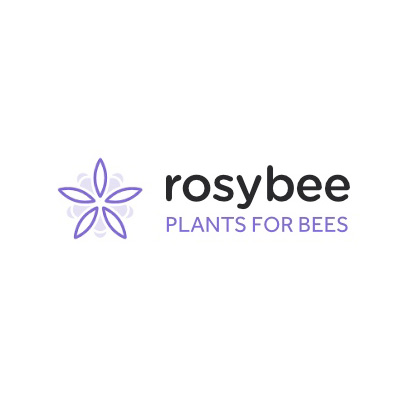
It’s really easy to make your garden bee friendly
"Gardens are a fantastic substitute for the flower meadows we have lost and that would have been the bees food sources. It’s really easy to make your garden both bee-friendly and beautiful with the right plants."
Rosi is the owner of rosybee:plants for bees.
Rosi Rollings
www.rosybee.com
Bee homes
Bamboo canes in soil present an ideal nesting site for bees.
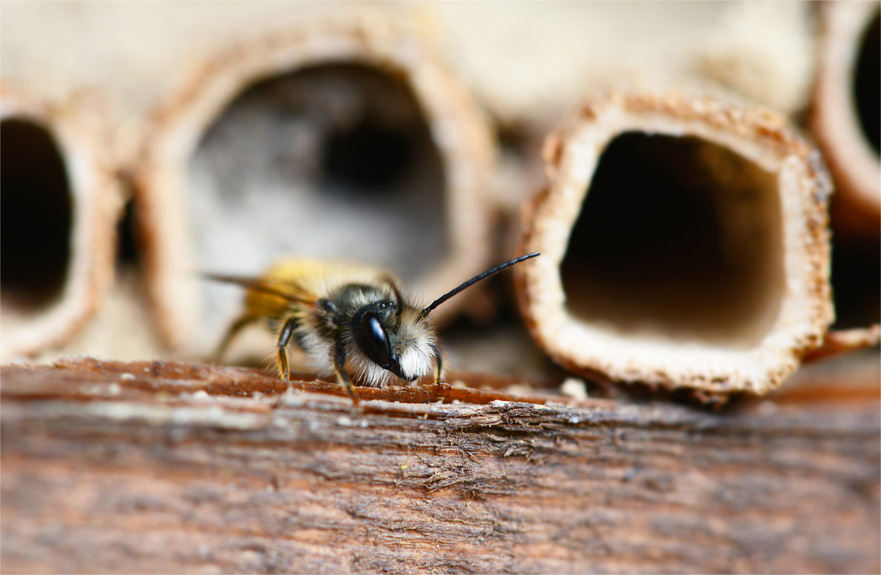
Bee ‘baths’ provide an area for bees to get fresh, clean water. They’re simple to create with a shallow container of water and sticks for bees to land on whilst they drink.
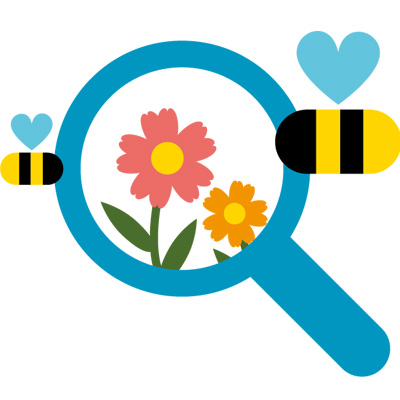
There are many ways everyone can help bumblebees
"At the Bumblebee Conservation Trust, we know there are many ways everyone can help bumblebees. One of the simplest is to plant wildflowers. Many of our supporters use our Bee kind tool for planting inspiration to turn their garden or green space into a bee friendly paradise. Give it a try!
The Bumblebee Conservation Trust was established because of serious concerns about the ‘plight of the bumblebee’. In the last 80 years our bumblebee populations have crashed. Two species have become nationally extinct and several others have declined dramatically.
Bumblebees are familiar and much-loved insects that pollinate our crops and wildflowers, so people are rightly worried. We have a vision to create a world where bumblebees are thriving and valued. Our mission is to increase the number and distribution of bumblebees.
Try the Bee kind tool: https://beekind.bumblebeeconservation.org/"
Gill Perkins (CEO, Bumblebee Conservation Trust)
Animal-friendly gardening
We’ll also see gardeners consider making their gardens generally much more animal-friendly. We’ll see a rise in features such as, log piles and ponds for a hedgehog-friendly garden, butterfly spas, caterpillar food and much more.
Pesticide avoidance
Artificial pesticides and herbicides used in non-organic farming and gardening are toxic to most animals and insects, so we can expect a reduction in those and an increase in organic, natural pesticides and fertilisers.
Edible gardens
Plant-based diets are the hot new food trend, with vegan food sales on the up and an impressive rise of vegan options in restaurants and cafes.
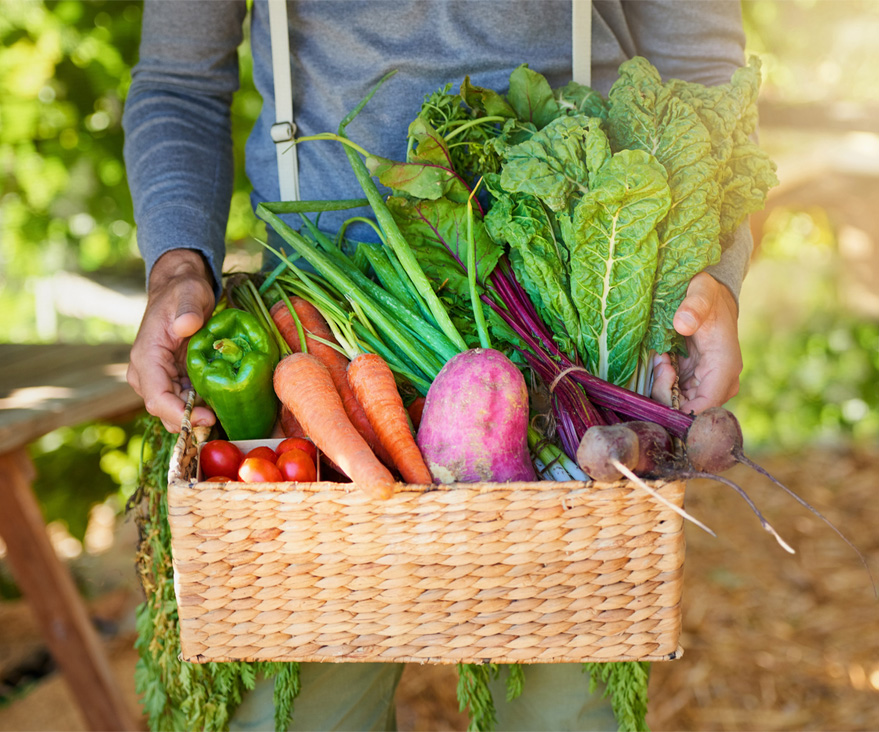
We can expect to see this reflected in 2019 gardening habits.
Garden to plate
Cultivating one’s own garden is set to soar in popularity as plant-based diets become mainstream and the population are choosing to become more self-sufficient.

We’ll see an increase in herbs that grow best in the garden such as, mint, tarragon, fennel, parsley, rosemary, coriander and dill.
Likewise, we’ll see easy-to-grow fruit and vegetables planted such as, courgettes, tomatoes, runner beans, kale, broccoli, carrots, onions, peppers, spring onions, strawberries, cherries, apples and many more.
Vegan fertilizers
Cruelty-free back gardens will be a high priority, with animal-free fertiliser and compost in high demand. Popular feeds contain animal substances such as fish and bones; we’ll see more of these eliminated and replaced with alternatives such as Epsom salts.
Gardening for hot summers
2018 saw our hottest (and longest) UK summer yet. Avid gardeners will be forced to ensure their gardens remain healthy in heat waves for longer. Gardeners will be looking for ways to protect their outdoor space from the harsh heat:
Seaweed fertilisers
Fertilisers containing seaweed extract help plants to survive drought stress.
Extra mulch
We’ll see a necessary rise in mulches such as landscaping bark. This material, and others similar, help to retain moisture in the ground and cool soil.
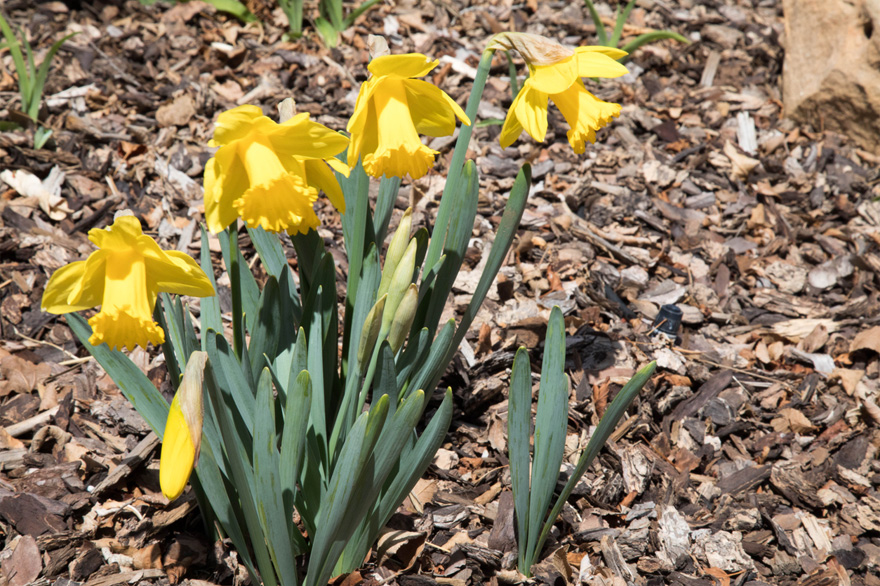
With a lot of our traditional British plants struggling to survive the hot summers, we’ll turn to more hardy alternatives to add beauty, interest and texture to our gardens.

Mulching will dramatically reduce the amount of water we need to use
"Gardens in the UK occupy a space equivalent to a fifth of Wales, so what we do in them collectively can have a huge impact and there are some great tips and trends in this blog. From our perspective, Laura reckons mulching will dramatically reduce the amount of water we need to use, Elaine wants more emphasis on simple open flowers rather than congested doubles to help our pollinators, meanwhile Caroline thinks that gardens could can contribute more to health and well-being and wants a new terrace to sip her sundowners on."
We’re three, maturing sisters who love gardening as well as having a good laugh and we combine both in a weekly blog. We’d love you to follow us:
Elaine, Laura and Caroline
the3growbags.com
Cacti
Cacti can store water for long periods and thrive in a desert and savannah environment.
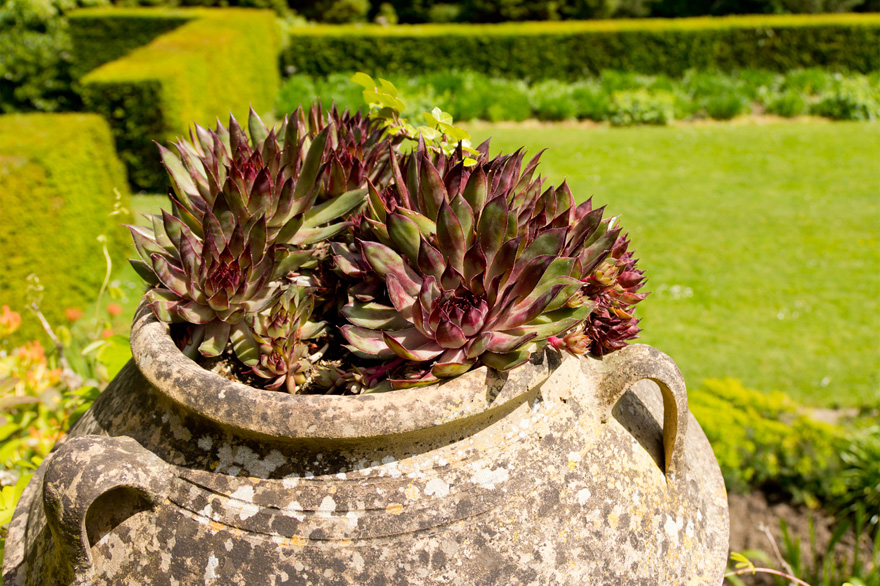
Hot colours and purple vegetables
Tropical coloured flowers
As we can expect another extended summer, look out for an array of warm, tropical, hot coloured plants in many flower beds:
- Deep Orange Cosmos sulphureus ‘Diablo’
- Rose ‘Lady of Shalott’
- Dahlia ‘Alva’s Doris’
- Kniphofia Red-Hot Poker 'Bees' Sunset'
- Helenium 'Wyndley'
Purple vegetables
Purple veggies not only look incredible on the plate, but they’re also higher in vitamins and anti-oxidants than other vegetables. Anthocyanin is the plant compound giving these vegetables a rich, deep purple colour.
- Purple Cauliflower
- ‘Purple Sun’ Carrots
- Purple ‘Majesty’ Potatoes
- ‘Red Jewel’ Cabbage
- Purple Kale
- Radish ‘Diana’
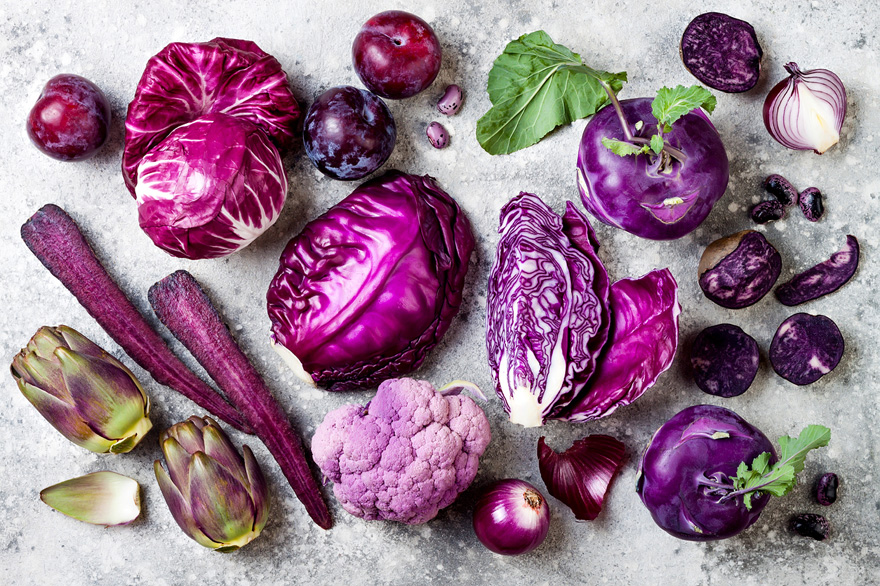
Eco-friendly gardening
Climate change has been a global issue for years but 2018 saw even more coverage, with the UN warning we have just 12 years to limit climate change devastation.
Recyclable and recycled material surge
We can expect a significant rise in environmentally-friendly gardening techniques and materials such as:
Recycled ground cover
Rubber landscaping chippings - produced using 100% recycled materials, making them the ideal eco-friendly ground cover.
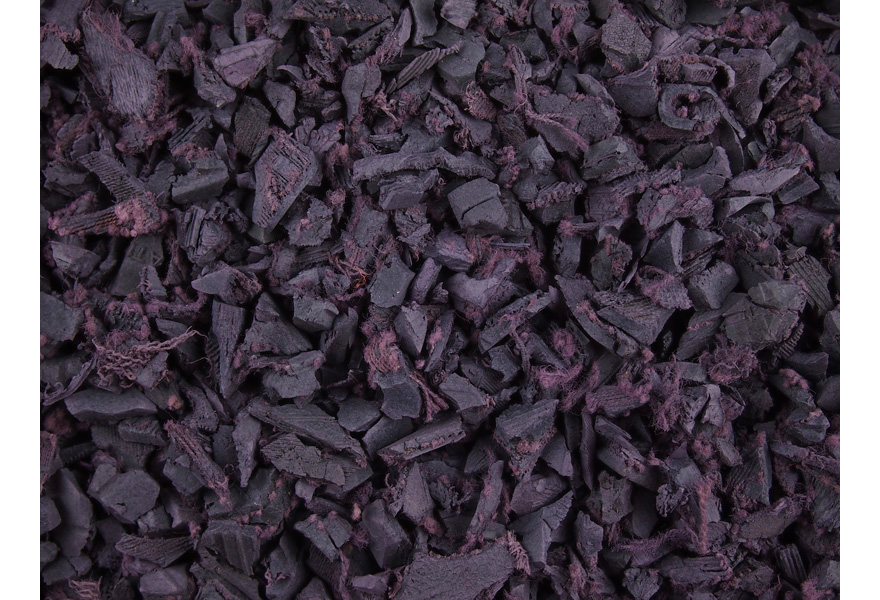
Energy-saving lights
High-tech solar lighting is expected to rise in popularity due to smartphone controls.
Solar-powered lights come in many varieties, from string, stake and wall lights right through to illuminated stones and rock lamps.
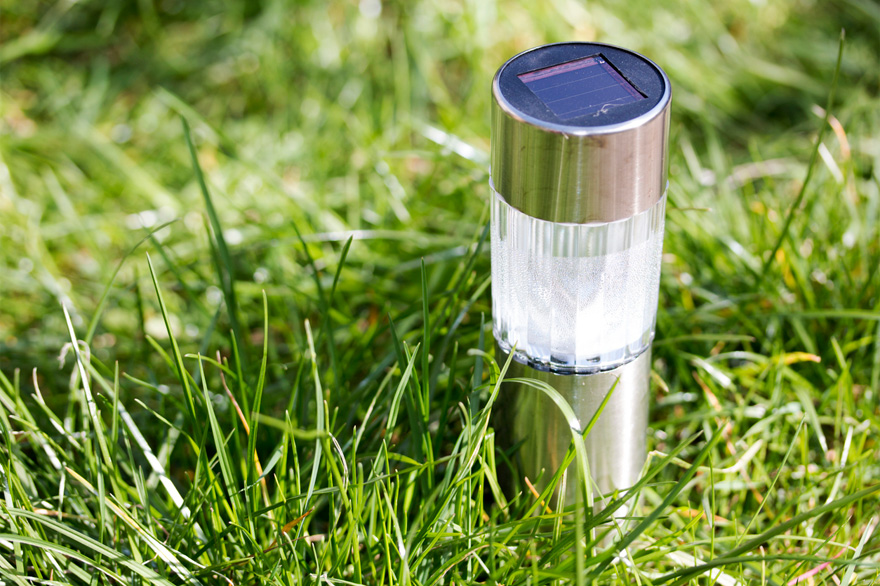
LED lights are also fantastic low-power alternatives to garden lighting.
Resin Bound
With gardeners looking to create sustainable gardens, we’ll also see a rise in resin bound paths and patios.
Along with the ultimate no-mess, no-maintenance, colourful gravel effect, resin bound paths also have ecological benefits. Thanks to its small gaps, allowing water to drain, its surface is permeable and therefore SUDS (sustainable urban drainage system) compliant. Resin bound helps to prevent water pollution and flooding, making it a popular eco-solution.
Urban gardens
Many years ago, gardening was only for the large, countryside spaces. With a rise in urban housing, came a rise in small outdoor spaces and a need for tips to make these beautiful too.
Vertical gardening
Potted plants are a fantastic way for city dwellers with small terraces and balconies to grow flowers and greenery in tight spaces.
In fact, the Chelsea Flower Show in 2018 exhibited the hot, new innovative ‘plant shelves’ - effectively an outdoor shelving unit against a wall. Potted plants of all different sizes are displayed with this modern concept, taking up minimal space.
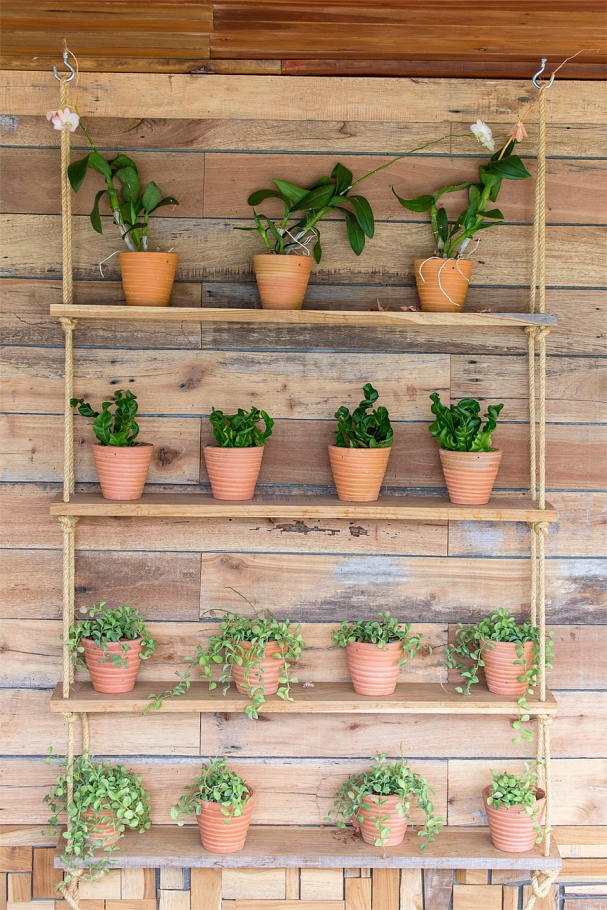
Urban gardening pioneers now find anything and everything to hang plants from – ladders, grids, copper pipes, recycled cans and much more.
Segmented gardens
With all this extra time to enjoy the outdoors, we’ll also see fun trends to help us make the most of our time in the garden. Creating zones within a garden is a hot new trend set for summer 2021.
‘Garden rooms’
Created using anything from slate walling right through to hedges, ‘garden rooms’ are segments separated by ‘walls’.
‘Garden rooms’ can make a landscape feel much larger and create spaces for different purposes such as dinner, play or vegetable growing.
Adult treehouses
In 2019, adult treehouses will become the hot, new outdoor entertaining trend. They’re a place of escape from the busy world around us, a way to connect with nature and the perfect evening retreat with friends and family.
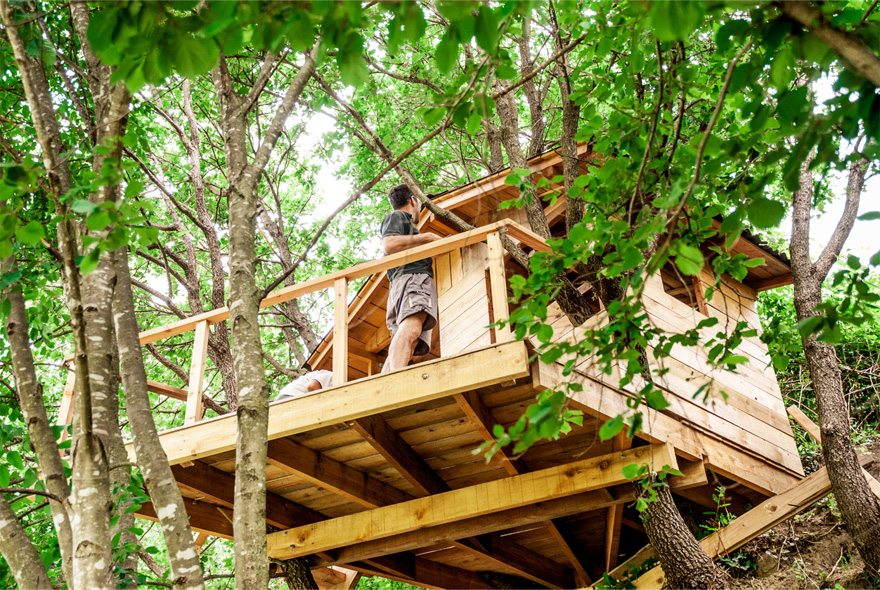

Trees are trending in the gardening world
"As gardens get smaller, many people question whether they can fit trees in their gardens, or they may think about cutting down a tree that's already there. However, a tree gives even the smallest garden a sense of proportion and helps it look more established. Trees also absorb pollution and improve air quality, making a significant difference to the urban environment. And, finally, trees give food and shelter to garden wildlife - birds and pollinating insects really need them. Several of this year's RHS Chelsea Flower Show show gardens are highlighting the importance of garden trees, and I think this trend will continue."
Alexandra Campbell runs the 'UK Top 10' Middlesized Garden blog and YouTube channel, which has tips, ideas and inspiration for people whose gardens are smaller than an acre.
Alexandra Campbell
themiddlesizedgarden.co.uk
youtube.com/c/ThemiddlesizedgardenCoUk

Replacing my lawn with shingle was the best gardening decision I have ever made
"Keeping a lawn in good condition costs a lot of money and uses a lot of precious water. Replacing my lawn with environment-friendly shingle was probably the best gardening decision I have ever made!"
Mark is an experienced amateur grower of vegetables and herbs, and writes about his productive garden in a blog called "Mark's Veg Plot", though the blog does also devote time to his other hobby of mycology and fungi-hunting.
Mark Willis
marksvegplot.blogspot.com
Whether you’re a green-fingered expert horticulturist or you’re just starting out in your garden, these trends are easily achievable in your outdoor space. We’d love you to share any top tips with us and pictures of your gardens!

